You can break up the problem two different ways:
Step 1- OCR seems to be the most direct way to get to your data. But increase the image size, thus resolution, otherwise, you may lose data.
Step 2- Store the coordinates of each OCRed word. This is valuable information in this context. How words line up have significance.
Step 3- At this point you can try to use basic positional clustering to group words. However, this can easily fail on a columnar vs row-based distribution of related text.
Step 4- See if you can identify which of 49 tags these clusters belong to.
Look at text classification for Hidden Markov models, Baum-Welch Algorithms. i.e. Go for basic models first.
OR
The above ignores the inherent classification opportunity that is the image of a, well, a properly formatted cv.
Step 1- Train your model to partition the image into sections without OCR. A good model should not break up the sentences, tables etc. This approach may leverage separators lines etc. There is also opportunity to decrease the size of your image since you are not OCRing yet.
Step 2 -OCR image sections and try to classify similar to above.

